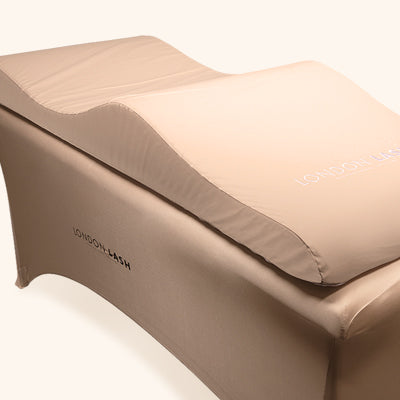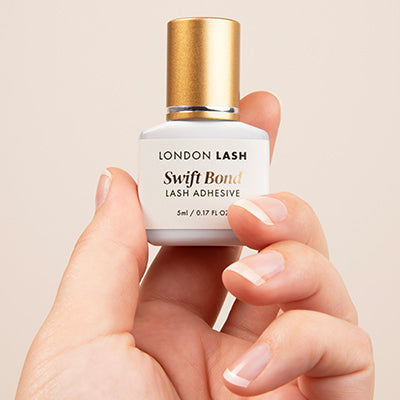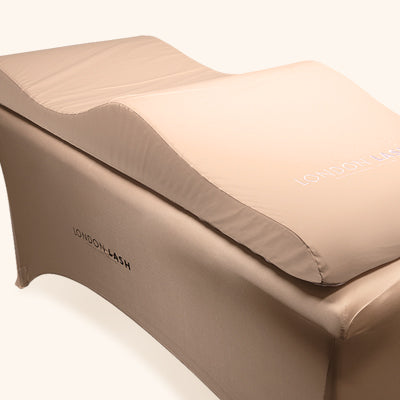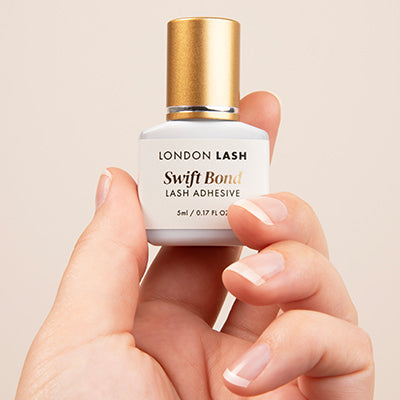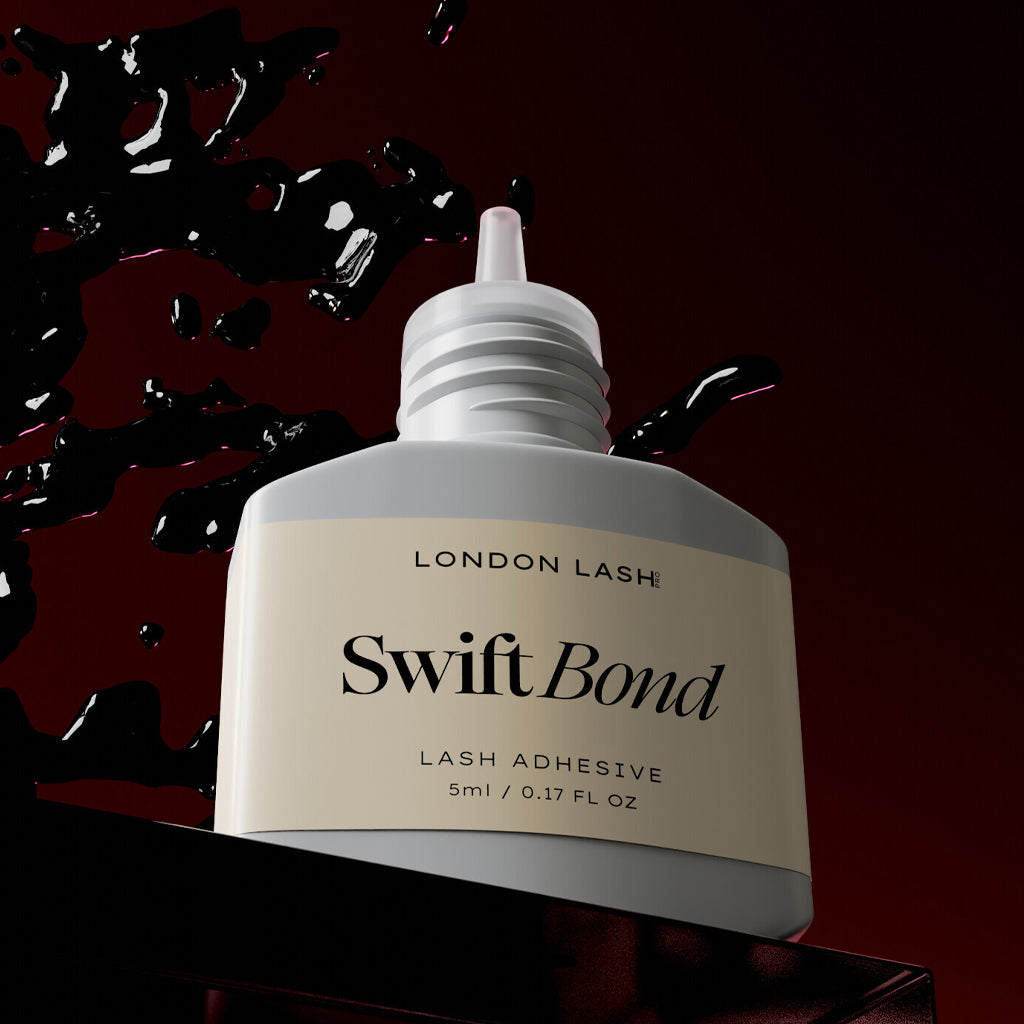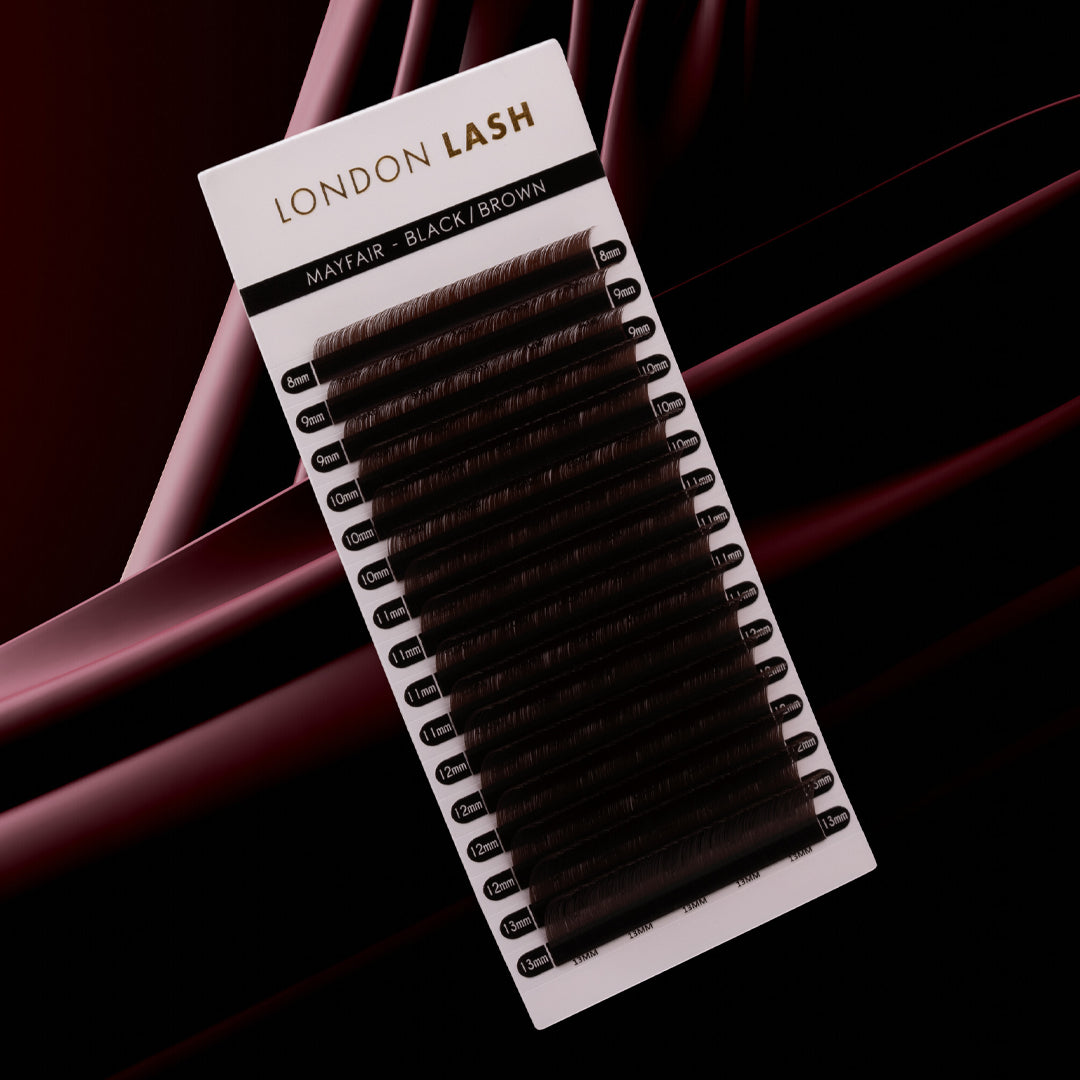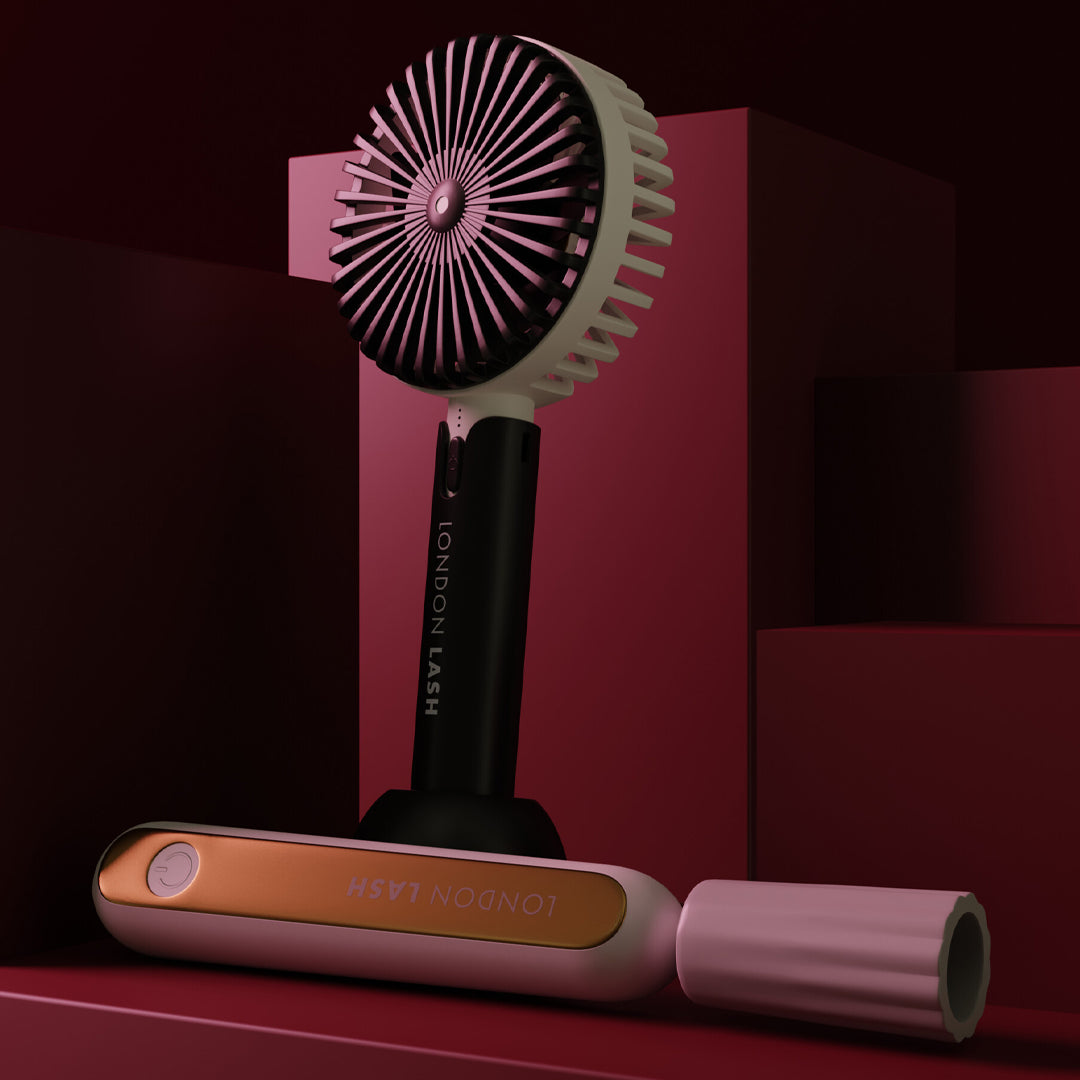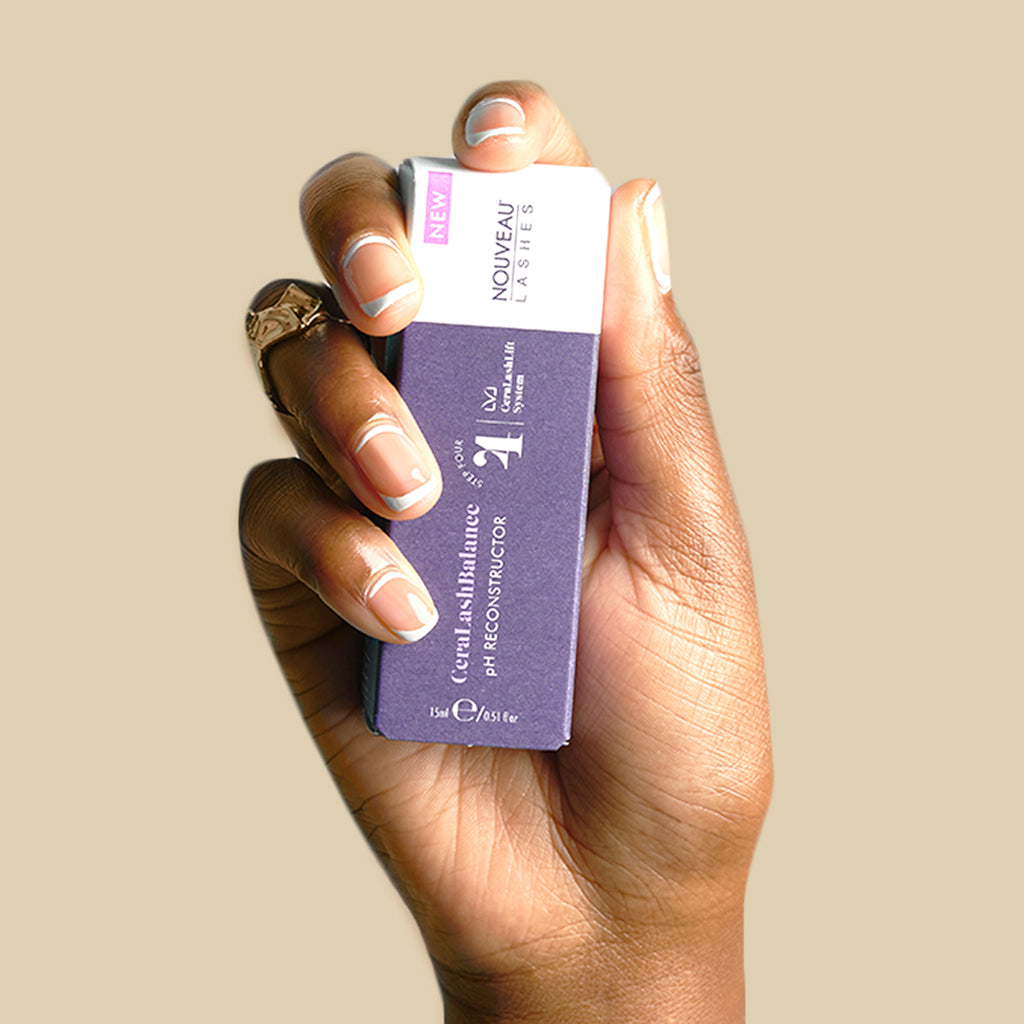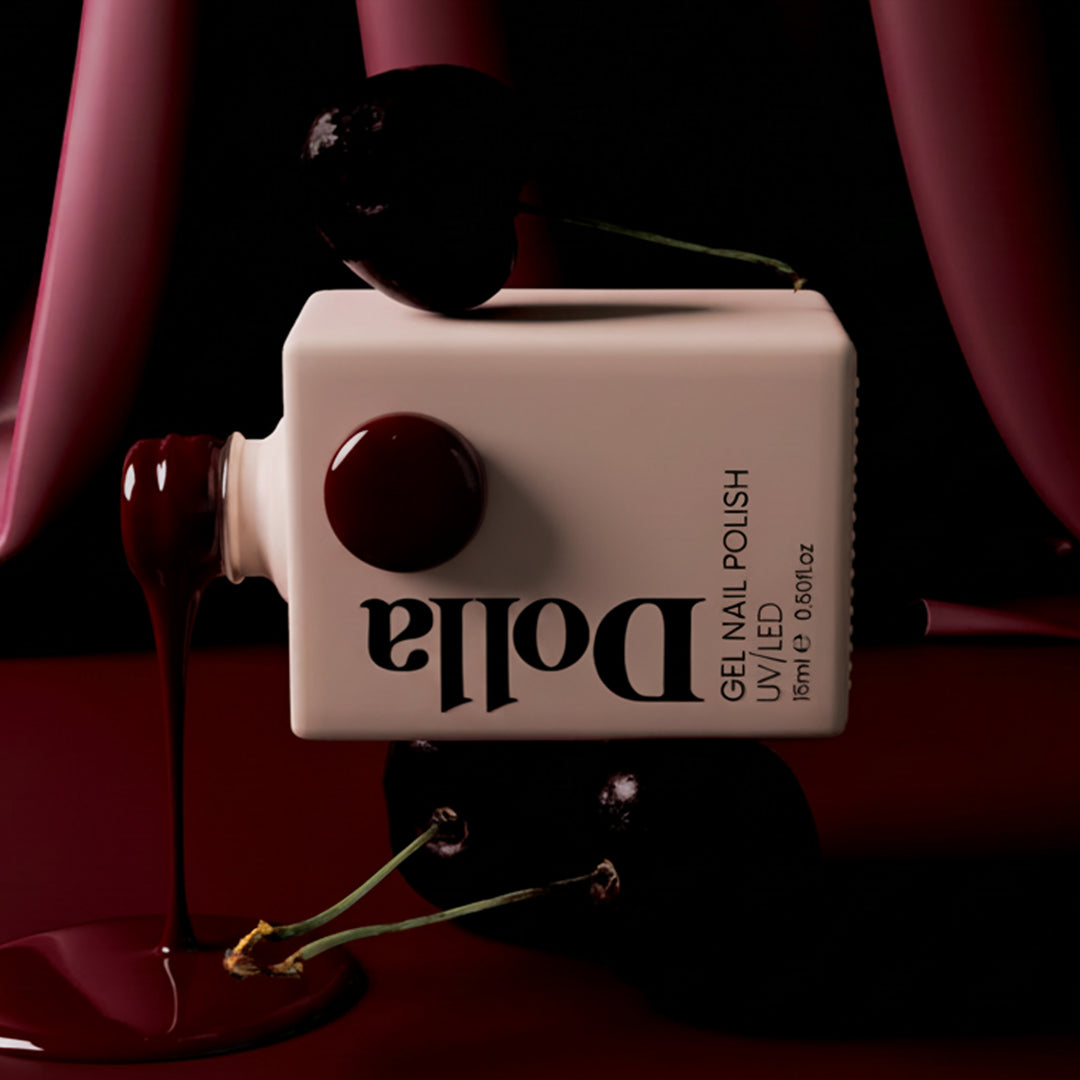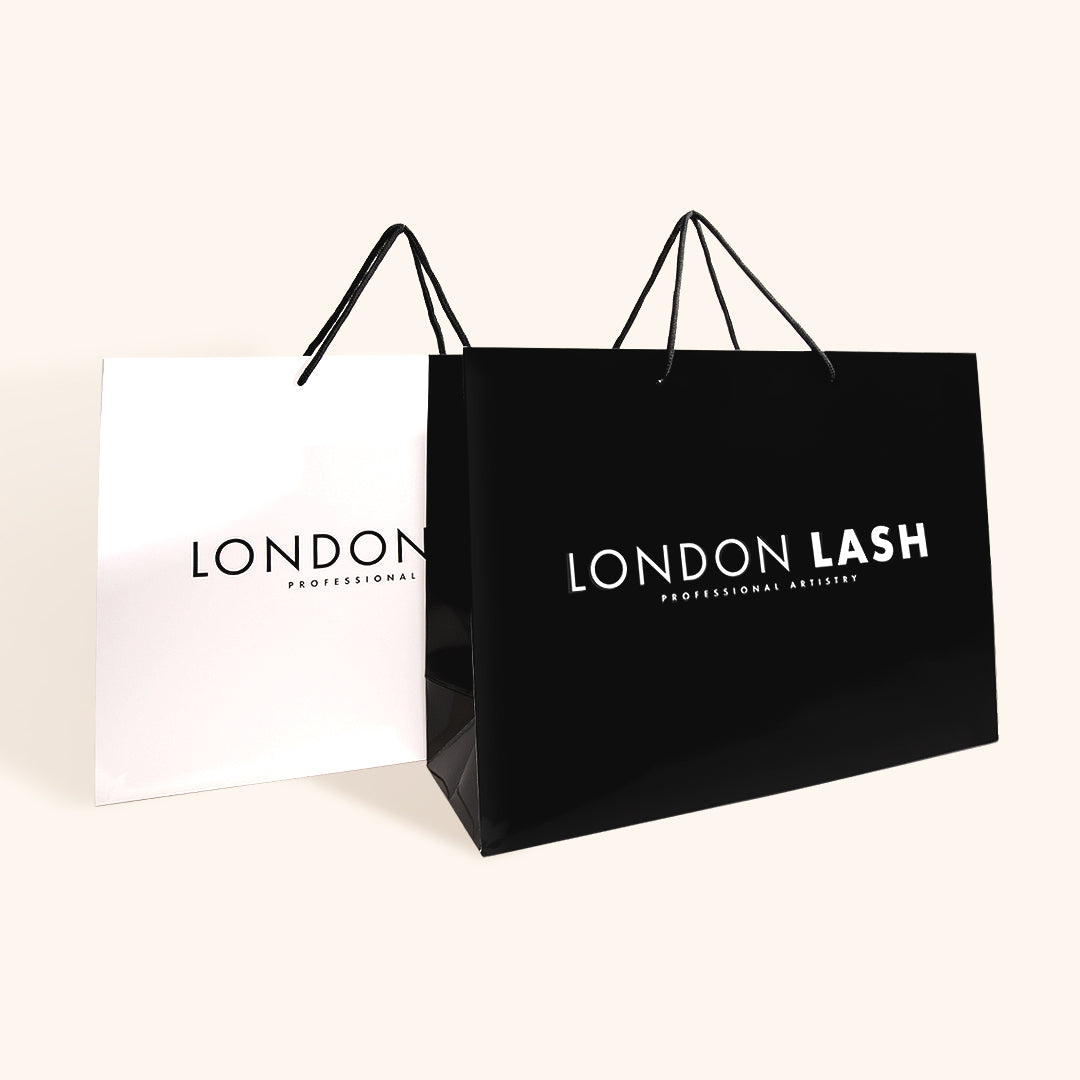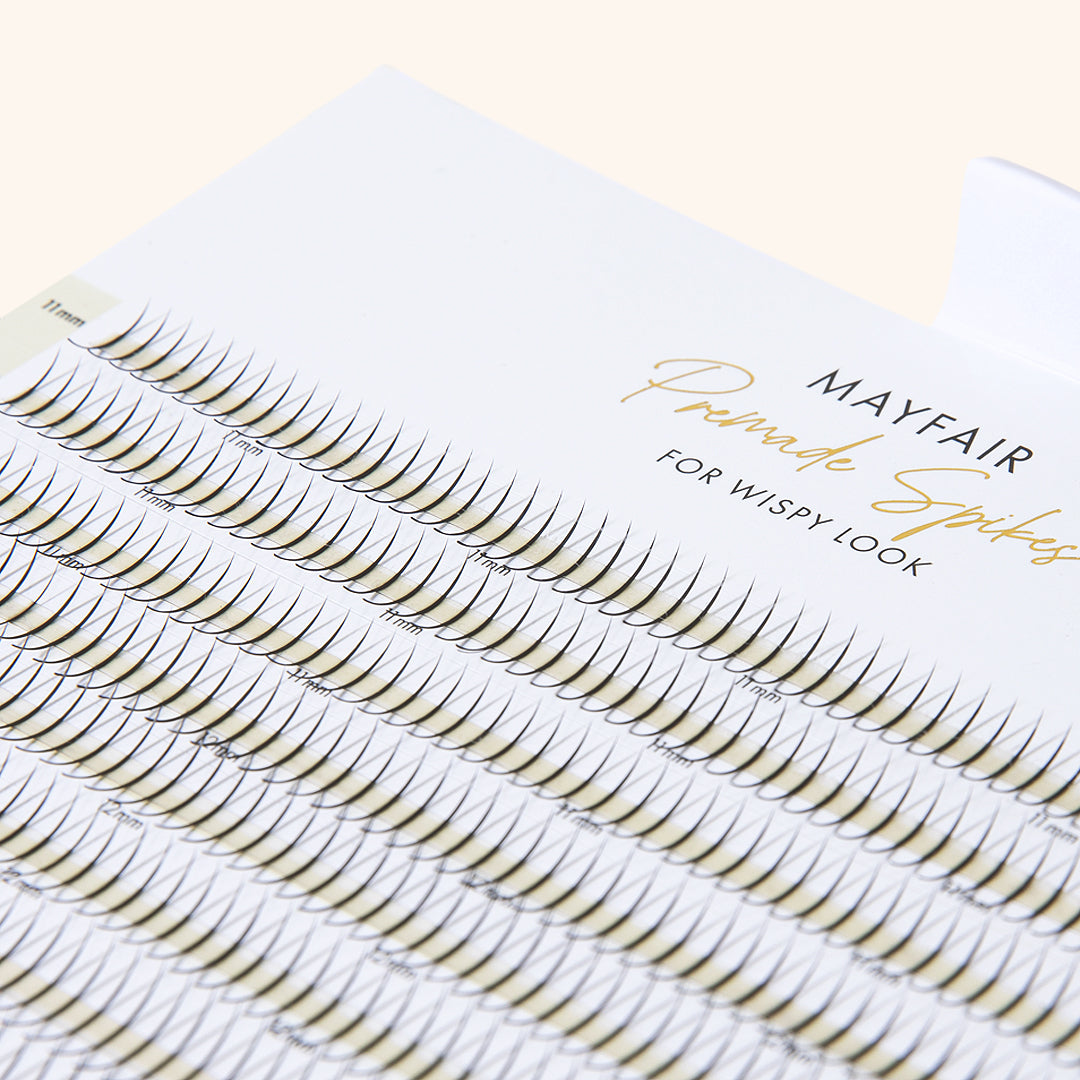New In
Glues & Liquids
Lashes
LASH LIFT
Dolla Nails Pro
Online Training
Save up to 57% off
Cluster Lashes vs Individual Lash Extensions
October 26, 2021 3 min read

Cluster Lashes vs Individual Lashes
The lash industry has evolved significantly from its early days of bulky cluster or "party" lashes to today's lightweight and flattering options that safeguard the health of your natural lashes. So, let's dive into the distinctions between cluster eyelash extensions and individual eyelash extensions.

What Are Cluster Lashes?
Cluster eyelash extensions consist of several individual lashes bonded together at one end to form a cluster, resulting in a thick base. These clusters may be derived from sections of a strip lash, that you’re probably used to using at home, leading to their relatively heavy and wide base. Often referred to as party lashes, cluster lashes are sometimes presented as a quick eyelash extension solution in beauty salons for clients who prefer a quicker appointment, and results that will only last a few days–hence the name ‘party lashes’ as they’re usually applied for an event.
What Are Individual Eyelash Extensions?
Crafted from synthetic fibers, individual lashes can be a single lash or a "fan" of lashes joined at the base. Single lashes aim for a natural, "classic" look, while fans, indicating the volume of the lash look, are categorized by the letter "D" (e.g., 2D-14D), representing the number of lashes in each fan. This method allows for a range of volume looks, from subtle to dramatic.

The Key Differences Between Cluster Lashes and Individual Lashes
Cluster lashes, due to their weight, can be heavy on the eyes and are not designed for prolonged wear, typically not beyond a day. Unlike individual extensions, cluster lashes are applied in a manner that may involve direct contact with the skin along the lash line, which can pose several risks.
The application of cluster lashes resembles attaching a full false eyelash strip to the eyelid, or smaller falsie clusters, where lash glue should ideally never touch the skin. This is because the adhesive can provoke severe allergic reactions, potentially causing a lifelong allergy to eyelash extension glue.

Cluster lashes are applied to the eyelid and do not shed in the same way individual lashes do. When your lashes reach the end of their natural life cycle, they are supposed to shed. However, if cluster lashes are not shed, it can cause an infection. Since cluster lashes are applied close to the skin, hair follicles can get blocked, and new lashes may have trouble growing. This can lead to ingrown hairs or styes.
Conversely, individual lashes and volume extensions are applied with precision to each natural lash. A Lash Technician will use tweezers to isolate each lash and apply the extensions layer by layer for full coverage, and experiment with different lengths, curls, and thicknesses. This meticulous application allows for a customized look tailored to each client's desired style, lash length, and facial features, an outcome not achievable with cluster lashes.

Do Cluster Lashes Damage Your Eyelashes?
The lash extension industry has witnessed numerous instances where cluster lashes were incorrectly marketed and applied as individual lash extensions, leading to adverse effects. The heaviness of cluster lashes can cause natural lashes to fall out or even lead to traction alopecia—a permanent loss of natural eyelashes due to the strain from the clusters. This is also exacerbated by the clusters' base design, which does not allow for proper lash isolation, resulting in "stickies" (lashes glued together), which can be super painful for your client.
In contrast, individual lash extensions are designed to match the natural lash weight, preventing damage. They come in various thicknesses to accommodate even the finest of lashes, ensuring a safe application that allows for natural shedding and routine maintenance visits for infills.

Should Lash Technicians Use Cluster Lashes?
For Lash Technicians, the consensus is clear: avoid using cluster lashes on clients. However, premade fans are a different consideration. These are accepted in the industry and, when used correctly, do not compromise the health of natural lashes. For those looking to save time while upholding high-quality standards and reputation, opting for premium premade fans is a viable and safe alternative. In fact, they're recommended for just those reasons!

By understanding the differences between cluster and individual lashes, both clients and technicians can make informed decisions to achieve beautiful, healthy lash extensions.
Check out these featured products
Subscribe
Sign up to get the latest on sales, new releases and more …




